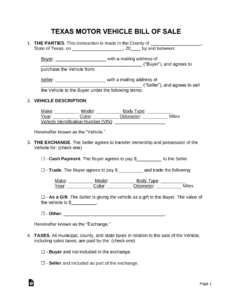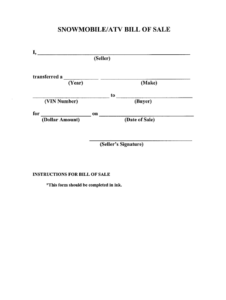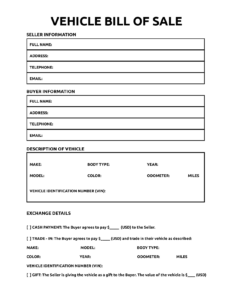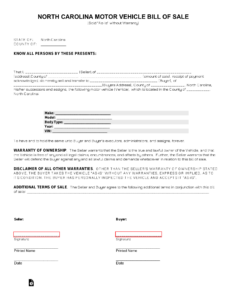Buying or selling a used car can be an exciting, yet sometimes daunting, experience. There’s the thrill of finding the right vehicle or the satisfaction of passing on your beloved ride to a new owner. Amidst all the excitement, one crucial document often gets overlooked or misunderstood: the bill of sale. This isn’t just a simple receipt; it’s a vital legal record that protects both the buyer and the seller, ensuring a smooth and transparent transaction.
Think of a bill of sale as the official handshake for your vehicle transfer. It formalizes the exchange, documenting all the essential details of the transaction. Having a clear, comprehensive bill of sale helps prevent future disputes and ensures that both parties are on the same page regarding the terms of the sale. It’s truly a cornerstone for peace of mind, making the entire process much more secure for everyone involved.
Why a Bill of Sale is Your Best Friend When Buying or Selling a Used Car
When you’re either handing over the keys to a new owner or eagerly accepting them, the last thing you want are legal headaches down the road. This is precisely where a bill of sale steps in as your ultimate safeguard. It serves as irrefutable proof of ownership transfer, documenting the date and time the vehicle officially changed hands. This is critical because it absolves the seller of any liability for parking tickets, accidents, or other issues that might occur after the sale, and it provides the buyer with the necessary documentation to register the vehicle in their name.
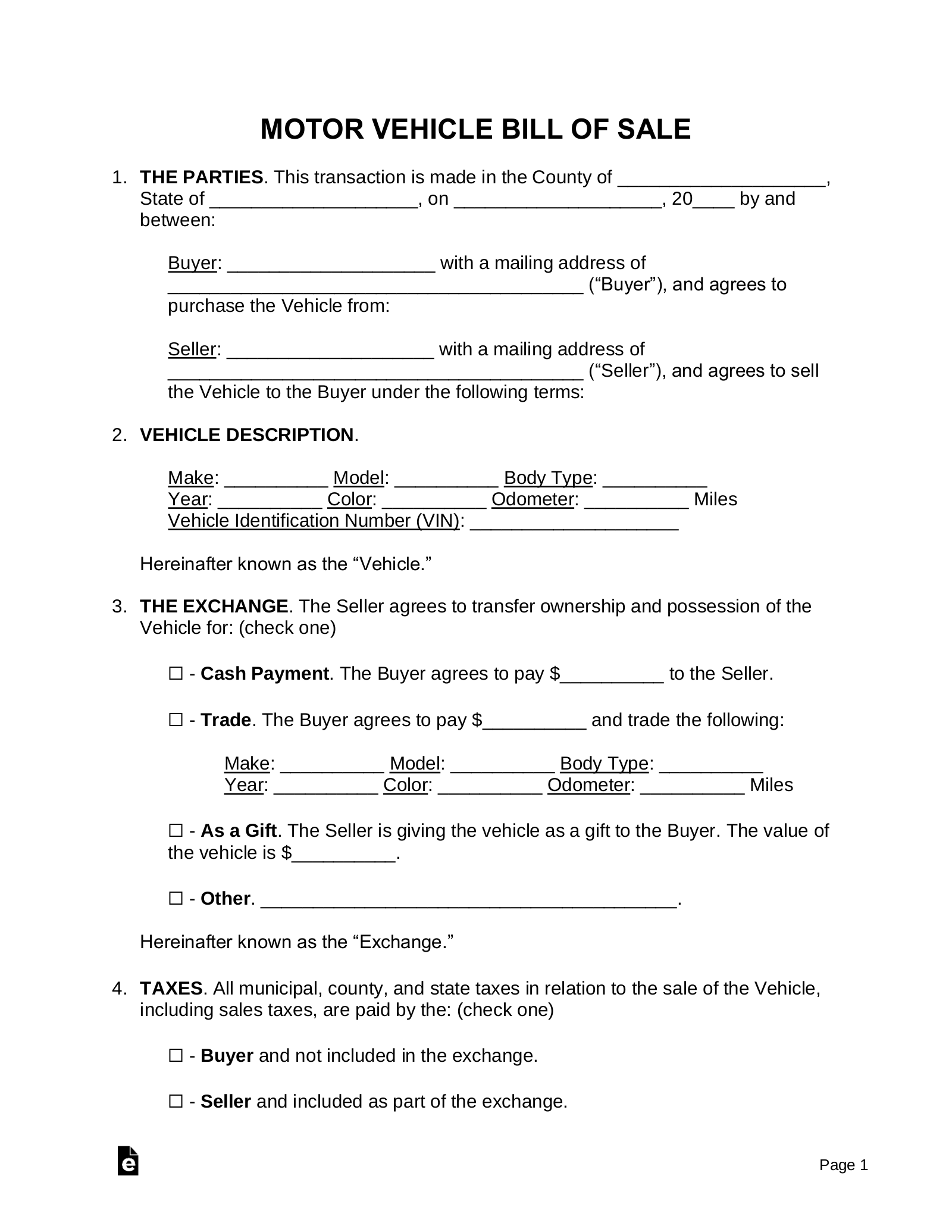
For the buyer, a properly executed bill of sale is their primary document proving they are now the legal owner of the vehicle. Without it, registering the car, obtaining insurance, or even reselling it later can become a bureaucratic nightmare. It confirms the purchase price, the “as-is” condition if applicable, and that the seller received payment, preventing any future claims of non-payment. It’s essentially your receipt and title claim wrapped into one.
From the seller’s perspective, this document is equally vital. Imagine selling your car only to receive a speeding ticket in the mail months later because the new owner never registered it. A bill of sale, signed and dated, acts as your official record of relinquishing ownership, providing you with a defense against such post-sale liabilities. It’s a clean break, legally speaking, allowing you to move on without worry.
Most states require a bill of sale for vehicle registration, even if the title is also transferred. It’s a standard legal practice that protects all parties and ensures the vehicle’s chain of ownership is properly documented. Understanding what details need to be included is key to making sure your document is legally sound and effective.
Key Information to Include in Your Bill of Sale
- Full names and contact information (addresses, phone numbers) for both the buyer and the seller.
- Detailed vehicle description, including make, model, year, color, and most importantly, the Vehicle Identification Number (VIN).
- Current odometer reading at the time of sale.
- The agreed-upon purchase price of the vehicle, clearly stated in numerical and written form.
- The method of payment (e.g., cash, cashier’s check).
- The exact date and time of the sale.
- A clause stating whether the vehicle is sold “as-is” or with a warranty (though used cars are typically sold “as-is”).
- Signatures of both the buyer and the seller, indicating their agreement to the terms.
- Space for witness signatures, which can add an extra layer of validity, though often optional.
How to Use a Bill of Sale Template for Used Car Effectively
The beauty of using a bill of sale template for used car transactions lies in its simplicity and comprehensive nature. Instead of drafting a document from scratch, which could lead to missed crucial details, a well-designed template provides a structured framework. It ensures all necessary legal and transactional information is captured, making the process straightforward for both parties, regardless of their legal expertise. You simply fill in the blanks, and you’re good to go.
Finding a reliable template is the first step. Many government DMV websites, legal resource sites, or even automotive platforms offer free, downloadable templates that are often tailored to specific state requirements. When selecting a template, look for one that is clear, easy to understand, and comprehensive enough to cover all the essential points previously mentioned. A good template will guide you through each piece of information needed, minimizing errors.
Once you have your preferred template, the process of filling it out needs to be approached with care and accuracy. Gather all the required information beforehand: the full legal names and addresses of both parties, the vehicle’s VIN, exact mileage, and the agreed-upon sale price. Double-check every detail to ensure there are no typos or discrepancies. Legibility is also key, so if writing by hand, make sure it’s clear, or better yet, type it out.
After filling out the template, both the buyer and seller should review it thoroughly together. Confirm that all terms and details are accurate and reflect the agreement reached. Once both parties are satisfied, the document should be signed and dated. It’s crucial that both parties receive an original signed copy of the bill of sale. This step ensures that both the buyer and seller have their own legal record of the transaction.
When you’re transferring ownership of a vehicle, a carefully completed bill of sale is your shield. It simplifies the legalities, provides concrete proof of the transaction, and protects everyone involved from potential future disputes. By taking the time to properly document the sale or purchase, you’re not just completing paperwork; you’re securing peace of mind and ensuring a smooth, hassle-free transition of vehicle ownership.
